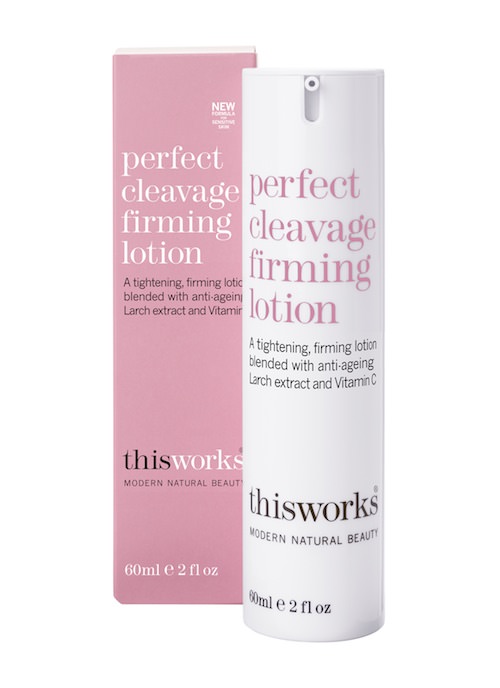What happens during breastfeeding?
Breastfeeding undoubtedly provides the healthiest start to your baby’s life. It’s also considerably cheaper than formula, doesn’t require copious amounts of time spent sterilizing equipment in the middle of the night, and helps form an incredibly strong maternal bond right from the outset.
That said, breastfeeding doesn’t come naturally to every woman and it certainly takes a lot of getting used to…
Milk production
Breast milk is produced by your mammary glands, which themselves contain alveoli, ductules and milk ducts. The fluid is made in the alveoli, then pushed out into the ductules, which carry the milk to the ducts. These in turn carry the milk through to the nipple.
After your baby is born your pregnancy hormone levels drop, which allows the hormone prolactin to be released. This stimulates your glands to produce milk to feed your baby and, on an emotional level, may make you feel more maternal.
Breast size increase
During pregnancy your milk ducts increase in size and number alongside the overall shape of your breasts. By the time your baby is born you will have around nine ducts in each breast. As your glands produce more milk due to the release of prolactin, your breasts will swell to much larger than your usual size within a day or so of giving birth.
This initial swell is known as engorgement and it can be temporarily unpleasant due to the stretching of your skin and an increase in temperature and pressure, which may leave you feeling feverish and also a bit weepy. As soon as you start nursing, your body will learn to regulate milk production to the exact amount your baby needs, and engorgement usually only lasts a few days before your breasts deflate to a more manageable size.
Nursing
The single most important aspect of breastfeeding is to get your baby to latch on correctly. To do this, bring your baby to your breast with her head tipped back and allow her lips to touch your nipple. As your baby reflexively opens her mouth, move her quickly to your breast, and aim her bottom lip as far away from the base of your nipple as possible.
Allow your baby to draw your breast deep into her mouth. She will respond by moving her tongue rhythmically against the underside of your breast, which draws the milk out of the ducts, and towards your nipple. If your baby’s in the correct position, this should be a painless and natural experience.
As you feed, the physical sensation of your baby suckling stimulates oxytocin to be released into your bloodstream, which causes even more milk to be released from the alveoli. This works as a ‘supply and demand’ system, so your baby receives just the right amount.
Also read: Breastfeeding basics
Problems
It is normal to feel a slight tingling or prickling feeling in your breasts during the early weeks of nursing, and your breasts might surprise you by literally spraying milk at the beginning of feeding time. If however, breastfeeding is really uncomfortable or even painful, you should speak to your midwife or health visitor, as it’s possible you’ve got the position wrong, or the baby isn’t latching on correctly.
If you experience overly sore, cracked or even bleeding nipples, this could be a symptom of a deeper issue: consult our article When breastfeeding isn’t as idyllic as the midwives promise for further information.
Some women experience stretch marks as a direct result of the weight gained from pregnancy and the natural swell of your breasts after your baby is born. Although you can help improve your skin’s elasticity by moisturising thoroughly during this period, there is very little you can do to prevent or solve the problem. Fortunately over time the marks will fade and become far less noticeable.
Many women believe that their breasts will droop following breastfeeding. Studies have proven that this is not actually true, although the same studies have suggested that the physical changes of pregnancy do cause this – so it could potentially become an issue either way. The best thing you can do is take care of your breasts by keeping them moisturised and wear a properly fitting, supportive nursing bra until your baby is fully weaned.
Photo credit: Womenshealth.gov
Latest Cream Review
Browse Categories
Most popular
Dr. Organic Moroccan Argan Oil Breast Firming Cream Review
Dr. Ceuticals Bust Boost Review
UK beaches uncovered: The topless top five
Palmer’s Cocoa Butter Bust Cream Review
The politics of breasts: Know your rights
Strapless, backless or plunging – bra solutions for every dress dilemma
Nutrition and lifestyle for breast cancer prevention


